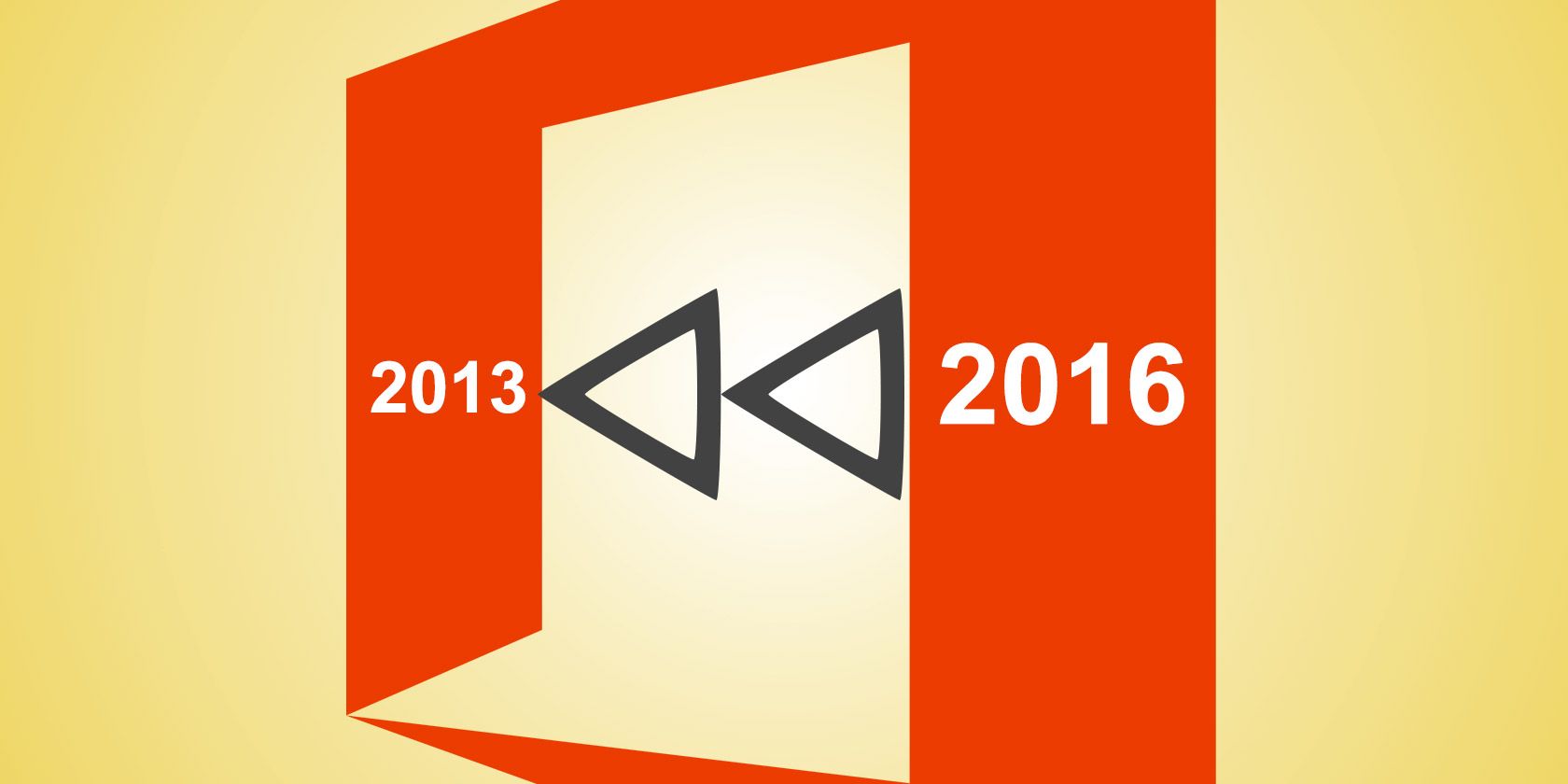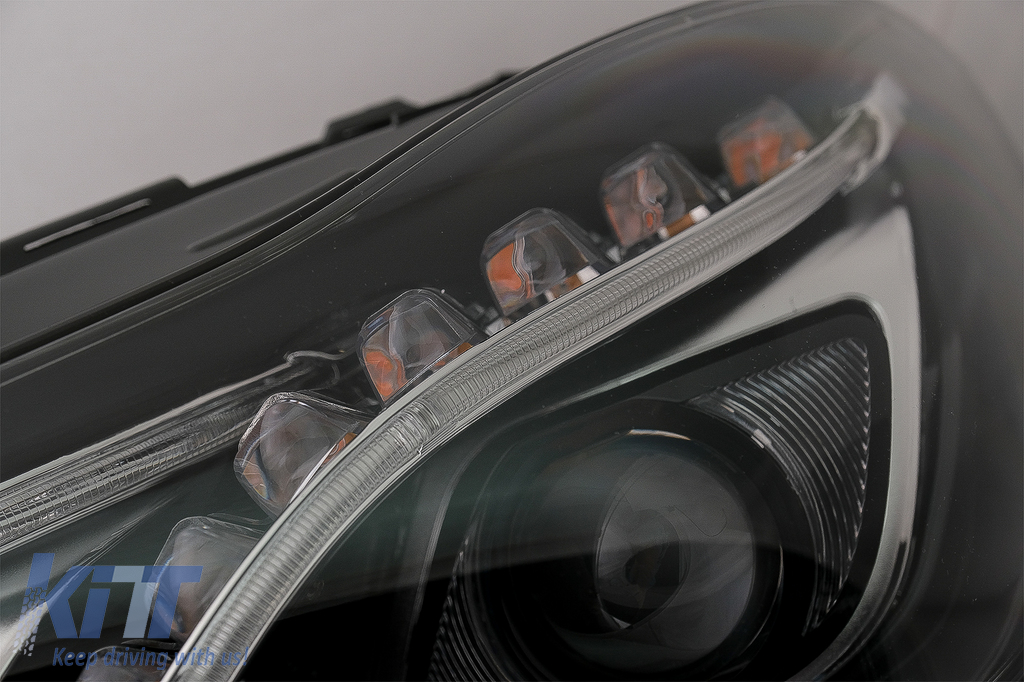


- UPGRADE FROM 2013 TO 2016 INSTALL
- UPGRADE FROM 2013 TO 2016 UPDATE
- UPGRADE FROM 2013 TO 2016 UPGRADE
C:\>Set-MailboxServer E15MB1 –DatabaseCopyAutoActivationPolicy Blocked If the policy is already set to “Blocked” then there is no action required. Set the auto activation policy to “Blocked”. C:\>Get-MailboxServer E15MB1 | Select DatabaseCopyAutoActivationPolicyĭatabaseCopyAutoActivationPolicy : Unrestricted Review the existing database copy auto activation policy, so that you can return it to the same configuration after you’ve completed the upgrade. C:\>Set-MailboxServer E15MB1 –DatabaseCopyActivationDisabledAndMoveNow $true C:\>Suspend-ClusterNode –Name E15MB1ĭisable database copy activation.
UPGRADE FROM 2013 TO 2016 UPDATE
In addition to placing Mailbox servers in maintenance mode any DAG members also need to have active mailbox databases moved to another DAG member, and be blocked from activation while the cumulative update is being installed. Updating Mailbox Servers that are Database Availability Group Members C:\>Set-ServerComponentState E15MB1 –Component ServerWideOffline –State InActive –Requester MaintenanceĮxchange MVP Michael Van Horenbeeck has published a script for automating the process of starting and stopping maintenance mode. If the server is a DAG member proceed to the next section which contains additional steps for DAG members, otherwise put the server into maintenance mode with the following command.

Yes Yes to All No No to All Help (default is "Y"): y C:\>Redirect-Message -Server E15MB1 -Target Īre you sure you want to perform this action? C:\>Set-ServerComponentState E15MB1 –Component HubTransport –State Draining –Requester Maintenance Note that the redirect target server must be provided as a fully qualified domain name. Mailbox servers in a multi-server environment, whether installed as standalone or as a multi-role server, should be placed into maintenance mode before installing the cumulative update. In other words, you should plan to update all DAG members within a short period of time, and not allow them to run at different versions for days, weeks or months. Although this is expected and supported, it is not supported to stay in that state for a long period of time. If you have multi-role CAS/MBX servers installed then setup updates the roles in the correct order anyway, and you should simply start with the internet-facing servers.ĭuring the deployment of a cumulative update within a site that contains load-balanced Client Access server or Database Availability Group members there will be a period where servers are not at exactly the same version.

UPGRADE FROM 2013 TO 2016 INSTALL
You do not need to install all of the cumulative updates released between your current version and the latest version.
UPGRADE FROM 2013 TO 2016 UPGRADE


 0 kommentar(er)
0 kommentar(er)
